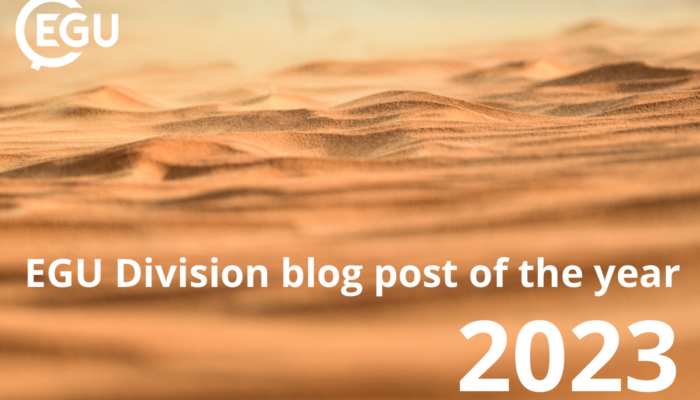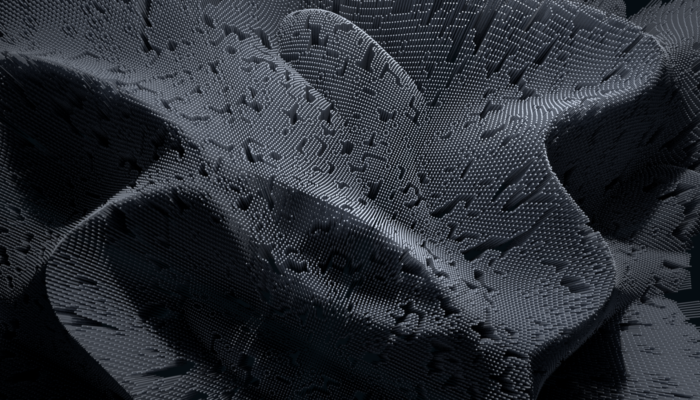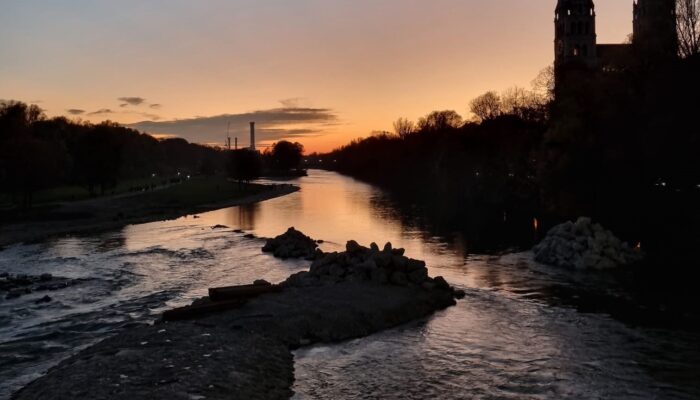Do you like games? Do you like the Earth? Then you will love QUARTETnary! QUARTETnary is a card game about the geological time scale, developed by long-term EGU members Iris van Zelst and Lucia Perez-Diaz and partly funded through the EGU Public Engagement Grant 2021. The game is finally ready to be manufactured, but in order for that to happen, we need you! So back the Kickstarter to secure your ...[Read More]
Congratulations to the winners of the best EGU blogs of 2023!
If you’re a regular reader of the EGU blogs, you may notice a certain annual tradition of ours: we like to celebrate the contribution of our science writers and bloggers over the year gone by. And 2023 was no exception of course; we had a number of inspiring and thought-provoking blog posts published across the EGU’s official blog GeoLog and division blogs. Thank you to each one of you for your ti ...[Read More]
AI-based tools in scientific publishing: to what extent can we rely on them?
Academic publishing has considerably evolved in response to technological developments. Current discussions revolve around the rise of generative Artificial Intelligence (AI) tools or Large Language Models (LLM). They exceed the capabilities of simple spelling and grammar checkers or translation software and their use in the publication process has several implications that need to be considered. ...[Read More]
GeoPolicy: Fluvial geomorphology and its potential for policy impact
In this month’s GeoPolicy blog post, Dr Grace Skirrow outlines how researchers can share their expertise with environmental regulators to have policy impact and the role that fluvial geomorphology can play in policy decisions. Fluvial Geomorphology and why it is relevant for policymakers Fluvial Geomorphology (“fluvial”, derived from the Latin “fluvialis”, meaning “of the river”) is the study of l ...[Read More]




